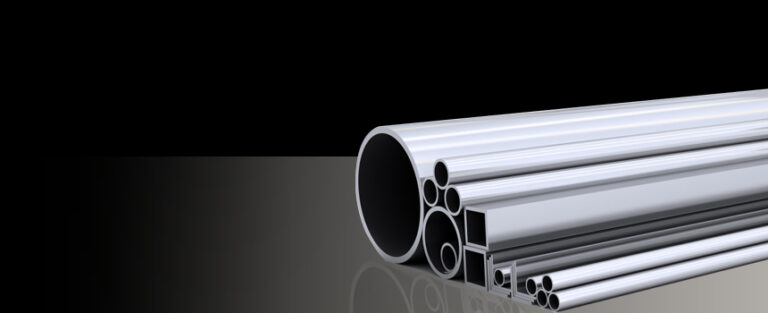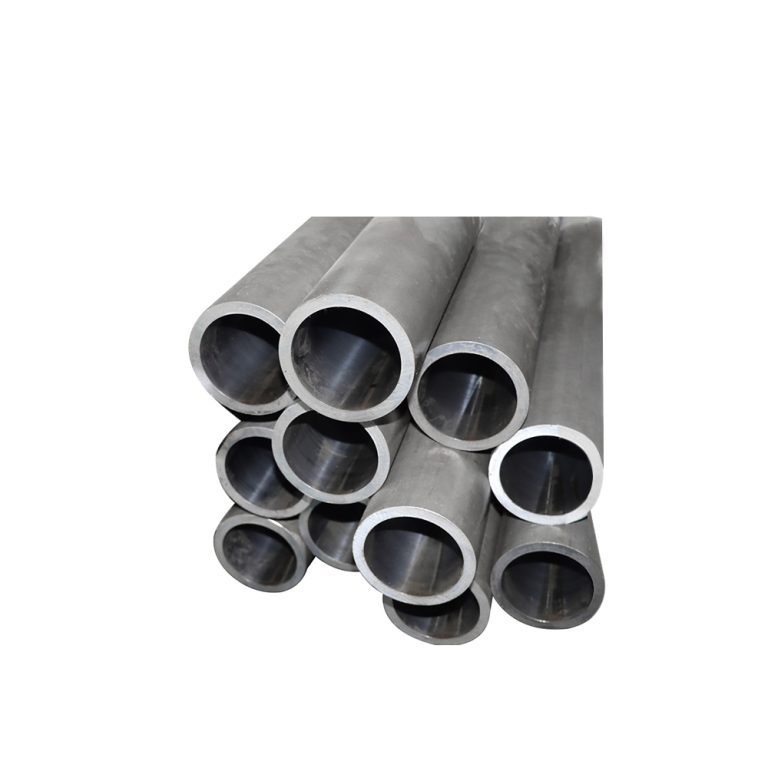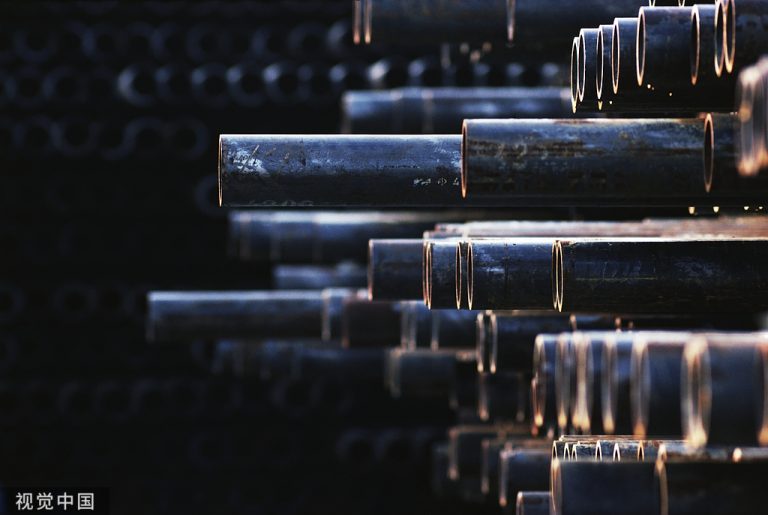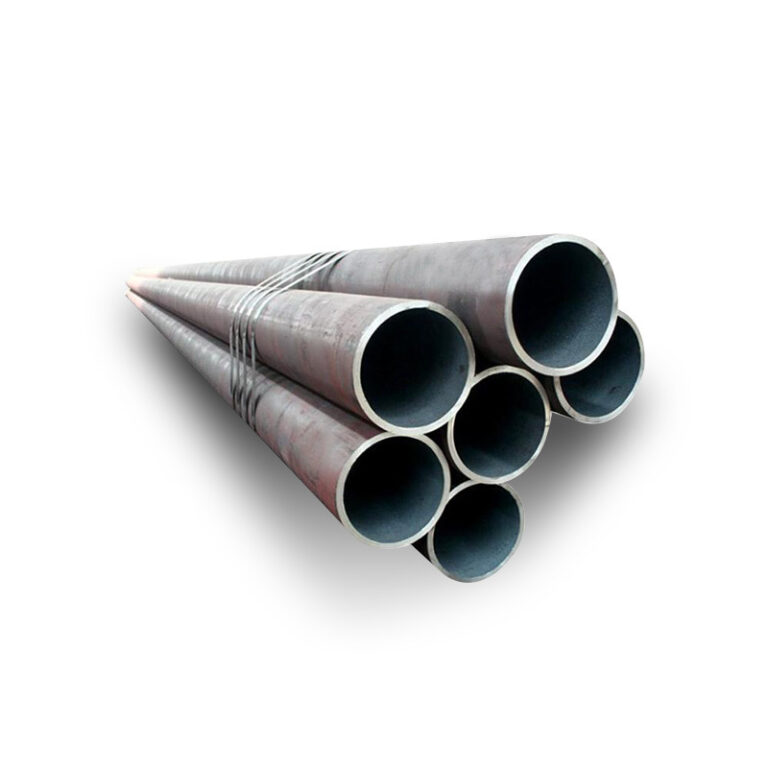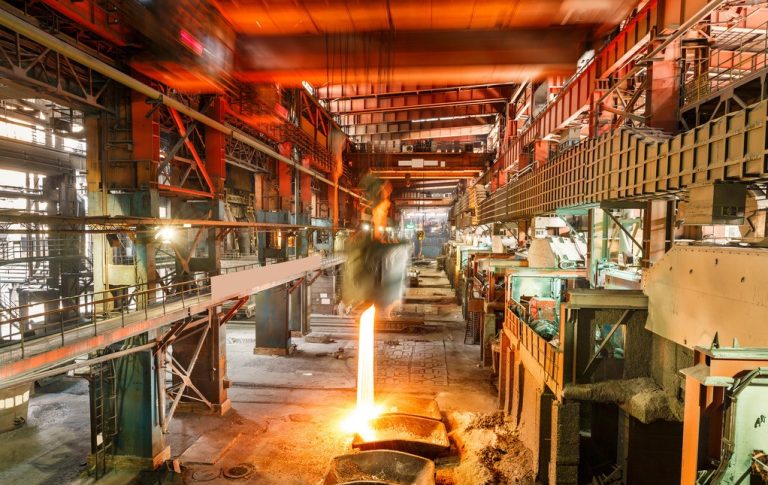Seamless Steel Pipe Supplier from China

Trump doubles the import – duty on Canadian steel.
U.S. President Donald Trump announced that the 25% Section 232 import tariff on steel of Canadian origin will be doubled to 50% starting Wednesday (March 12).
The announcement was made via social media, following Ontario Premier Doug Ford’s vow to impose a 25% surcharge on electricity exports. The energy surcharge, announced in retaliation for the U.S. 25% import tariff, will affect 1.5 million households and businesses in Minnesota, Michigan, and New York.
Canada is one of the largest steel trading partners of the United States. As a net importer, the U.S. relies on Canadian steel to operate its manufacturing sector.
Steel prices in the U.S. are already far higher than in the rest of the world, meaning U.S. buyers will only need to pay the price in Canadian dollars plus tariffs in the short term. Assuming the 50% tariff on Canadian steel remains in place, supply chains will adjust, forcing Canadian steel mills to reduce production, and U.S. steel prices will remain artificially high in the coming months.
According to data from the American Iron and Steel Institute, imports account for 23% of U.S. finished steel consumption. Imports from Canada account for 6.3%, and Canada is the largest exporter to the United States.
In 2024, Canada exported nearly 6 million tons of steel to the U.S., accounting for 23% of total steel imports. According to the U.S. Department of Commerce, Canada exported 927,000 tons of hot-dip galvanized sheets and 550,000 tons of cold-rolled sheets, accounting for 34% and 38% of the total U.S. imports of these products, respectively.
However, the supply of hot-rolled sheets, hot-rolled plates, and wire rods from Canada is a greater concern for steel buyers. Last year, the U.S. imported 910,000 tons of hot-rolled sheets and 604,000 tons of continuous-rolled plates (coils) from Canada, accounting for 48% and 60% of total U.S. imports of these categories of steel, respectively. Recent increases in domestic sheet and plate production capacity will help alleviate some of the supply shocks for U.S. steel buyers, but short-term disruptions are expected.
In 2024, Canada imported more than 450,000 tons of wire rod, accounting for 46% of total U.S. wire rod imports. These imports became more critical to domestic supply after Liberty Steel idled wire rod production at its South Carolina and Illinois plants in 2024. According to the World Steel Association, U.S. wire rod production was 2.4 million tons in 2023, but that figure has since dropped significantly due to these plant closures.


